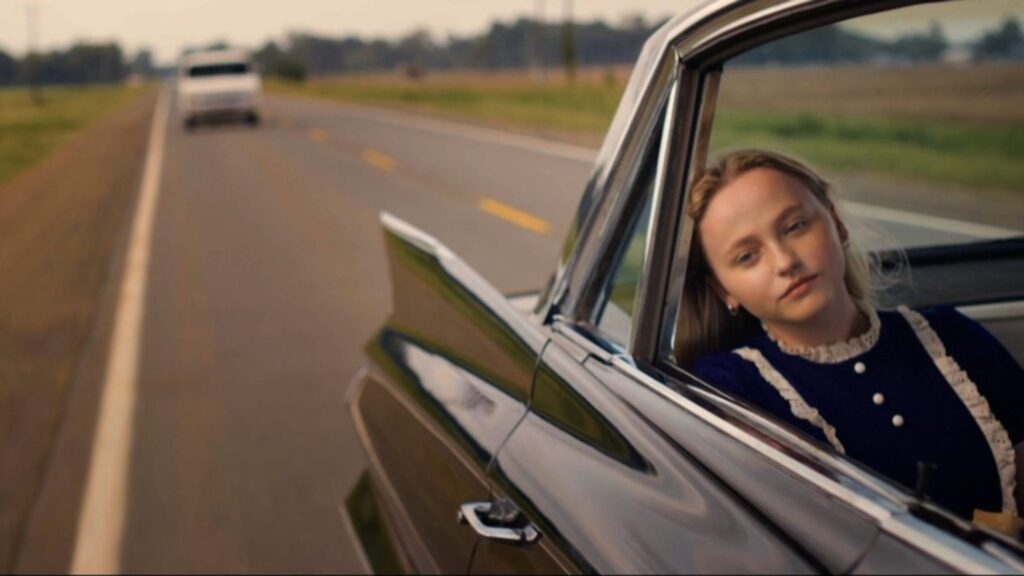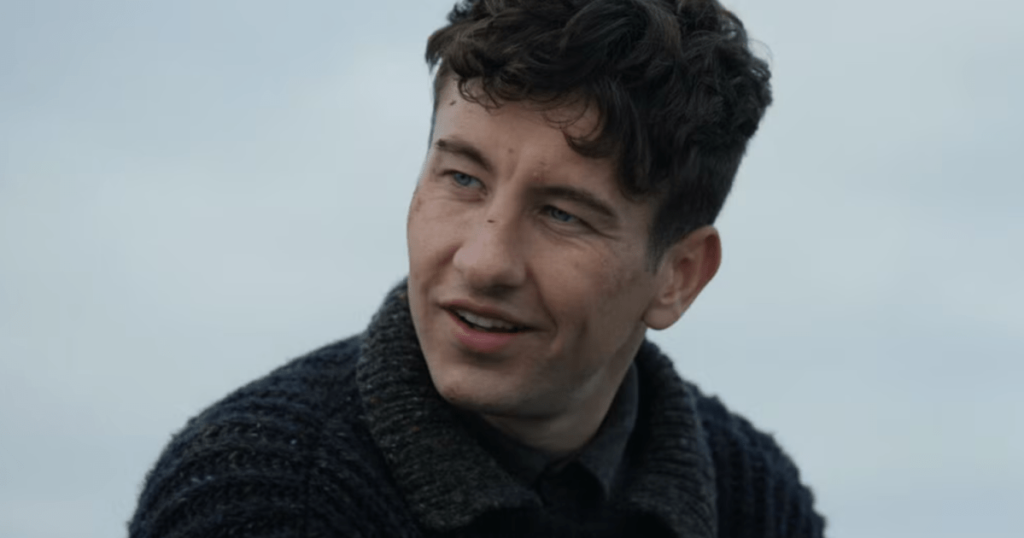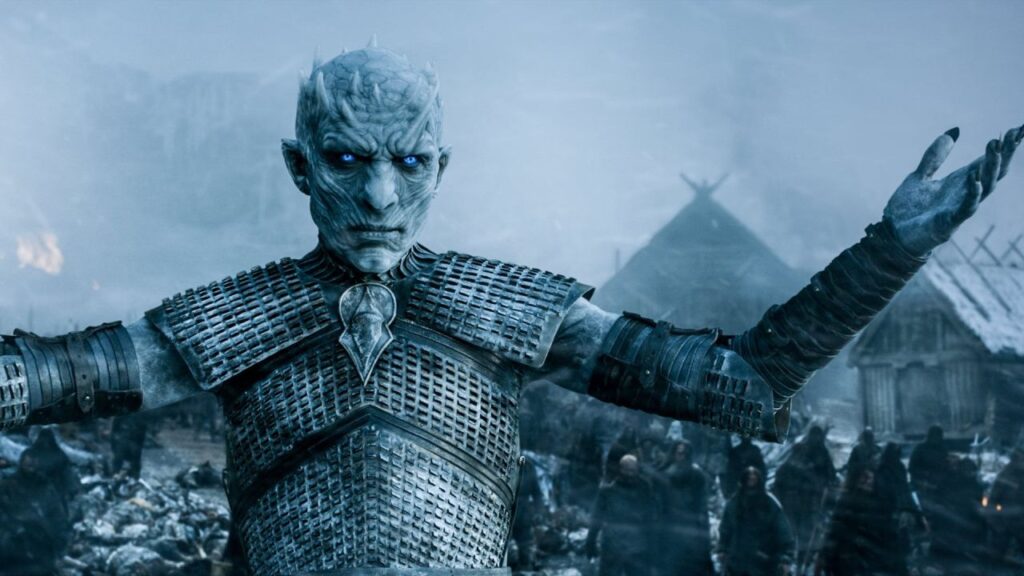Posted in: Interview, Movies | Tagged: relativity media, The Man In The White Van
The Man in the White Van cinematographer Gareth Paul Cox spoke to Bleeding Cool on capturing 1975 Florida, director Warren Skeels & more.
Article Summary
- Cinematographer Gareth Paul Cox talks capturing 1975 Florida for “The Man in the White Van”.
- Cox and director Warren Skeels share a decade-long creative collaboration.
- Filming a period piece posed unique challenges like weather delays and modern elements.
- Innovative camera techniques overcame logistical hurdles during production.
▶” style=”border: 0px;” allow=”accelerometer; autoplay; encrypted-media; gyroscope; picture-in-picture; fullscreen;” loading=”lazy” src=”https://www.youtube.com/embed/ztQZYF0E0AY?feature=oembed” title=”Youtube Video”>
Gareth Paul Cox has accomplished a lot in his nearly two decades of experience behind the camera as a cinematographer since his debut in the 2008 documentary Saving Face. Working on a variety of projects from documentaries, films, and TV covering a variety of subjects from football, reality TV, and dramas, Cox has been able to bring events, stories, and characters up close with unfiltered raw emotions. His latest is Relativity Media’s The Man in the White Van, which is based on true events in 1975 Florida where a series of violent disappearances go unnoticed, and young Annie (Madison Wolfe) is targeted by an ominous white van that stalks her every move. As the menace escalates, her parents dismiss her fears, and Annie is soon plunged into a terrifying nightmare that shatters her world. Cox spoke to Bleeding Cool about his decade-long partnership with Warren Skeels, who co-wrote the script with Sharon Y Cobb, and complications during production.
The Man in the White Van: Cinematographer Gareth Paul Cox on Skeels, Capturing 1975 Florida, and More
Bleeding Cool: What intrigued you about ‘The Man in the White Van bringing Warren and Sharon’s story to life?
I like character-driven stories and stories with a lot of misdirection. One thing Warren and Sharon were playing within their script was the idea that we’re not quite sure if somebody is following Annie, our protagonist. I liked her progression through this story. A lot of it was the building of her character, and it was told through her eyes, not through the murderer’s or stalker’s eyes in this case.
Since you collaborated with Warren’s directed projects, what has he been like as a creative partner? Did your involvement in ‘The Man in the White Van’ have anything to do with what you guys did like in ‘Siesta Key?’
We’ve worked together for a long time. I’ve known Warren for over a decade, and we have a quick shorthand. It’s something that allows us to make decisions quickly. In a film like this, where we were limited by time, all the main elements that led to a production struggle to get through things, especially on a tighter budget and timeline. He and I were able to communicate quickly. That was the decade of working together, which has led to a lot of quick, creative solutions to problems. Some of the stuff we had were weather delays and things like that on this production, and we could pivot quickly. He’s a collaborator, we’re both Libras, and that’s something quite interesting is…I’m not heavily into star signs, but we have a similar temperament. We can divide and conquer, and that’s a strong suit of Warren and mine’s collaboration.
What was the most difficult aspect of the production?
One of the more difficult aspects of this production was it being a period film [laughs]. There are a lot of elements in a period film; you must limit what you can see in your frames. Fortunately, we were primarily shooting in a location that didn’t have much surrounding it. It was mostly farmland and wide-open spaces, but there were times when we would go closer to Shreveport, which is where principal photography was just outside of Shreveport, Louisiana. We would be up against cars that couldn’t be moved or structures that looked more modern.
Many things were like that, so we had to get creative. The location managers figured out ways to get us to locations that leaned into the period aspect of the movie. The weather delays were tricky, and we had condors getting stuck and heavy machinery that we would use for lighting at night sinking in the mud. Those are normal issues in production when you encounter weather, but it wasn’t anything outside of the ordinary.
Were there any scenes that took a little more time to plan on the practical or logistical side of things?
We had. We were fortunate enough to get a 22-foot techno crane. It was specifically a movie bird, but we had this camera tool that we could use quickly and deploy in different areas. We used that quite a bit to overcome many of the scheduling conflicts we were running into. We also had child actors and young adult actors, and they were on a much different schedule than, say, their adult peers. They lean into having much shorter days, and a lot of times, we were up against having to shoot somebody out of a scene while we would continue shooting the scene the rest of the night. Those are the traditional challenges, but in the sense of being able to move the camera quickly, we did have some of the tools and the resources that allowed us to overcome, say, things that would have otherwise taken a lot of time, like laying Dolly track or things like that. We could use our techno crane, move the camera quickly over decent distances, and pivot from one particular spot.
The Man in the White Van, which also stars Brec Bassinger, Skai Jackson, Ali Larter, and Sean Astin, is in theaters.
Stay up-to-date and support the site by following Bleeding Cool on Google News today!


